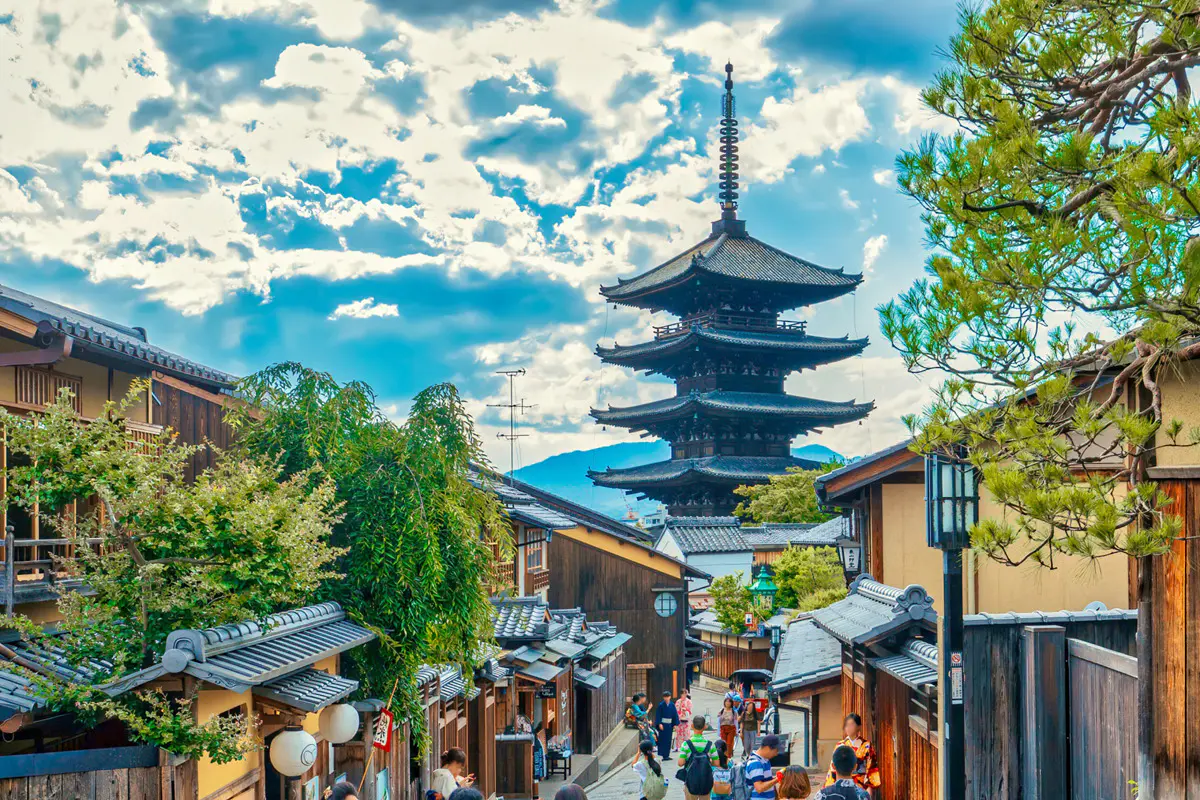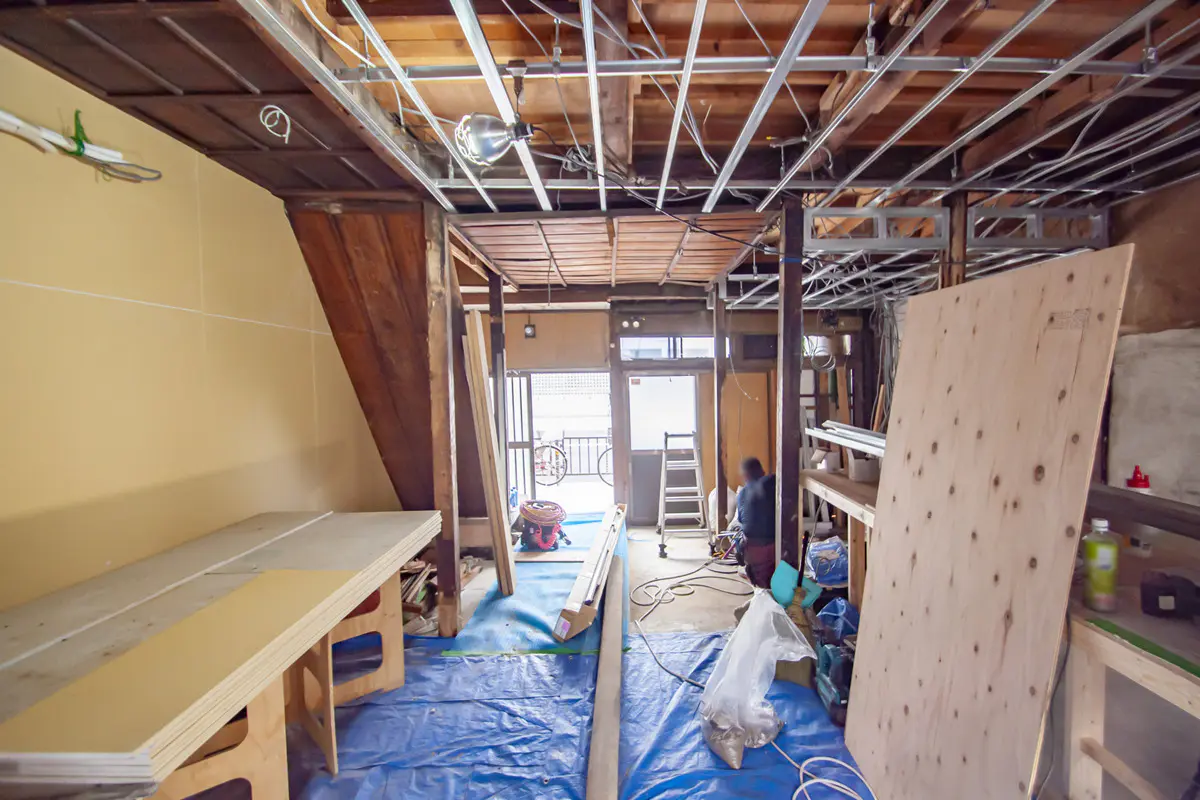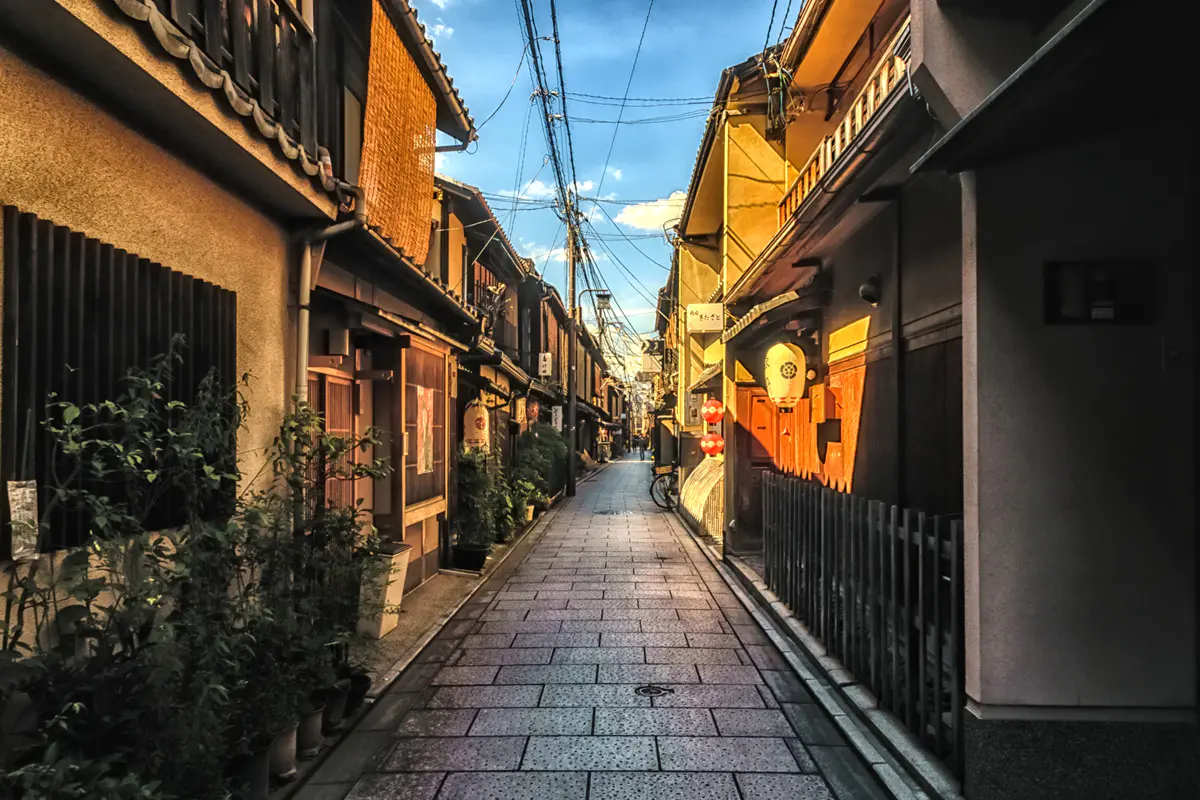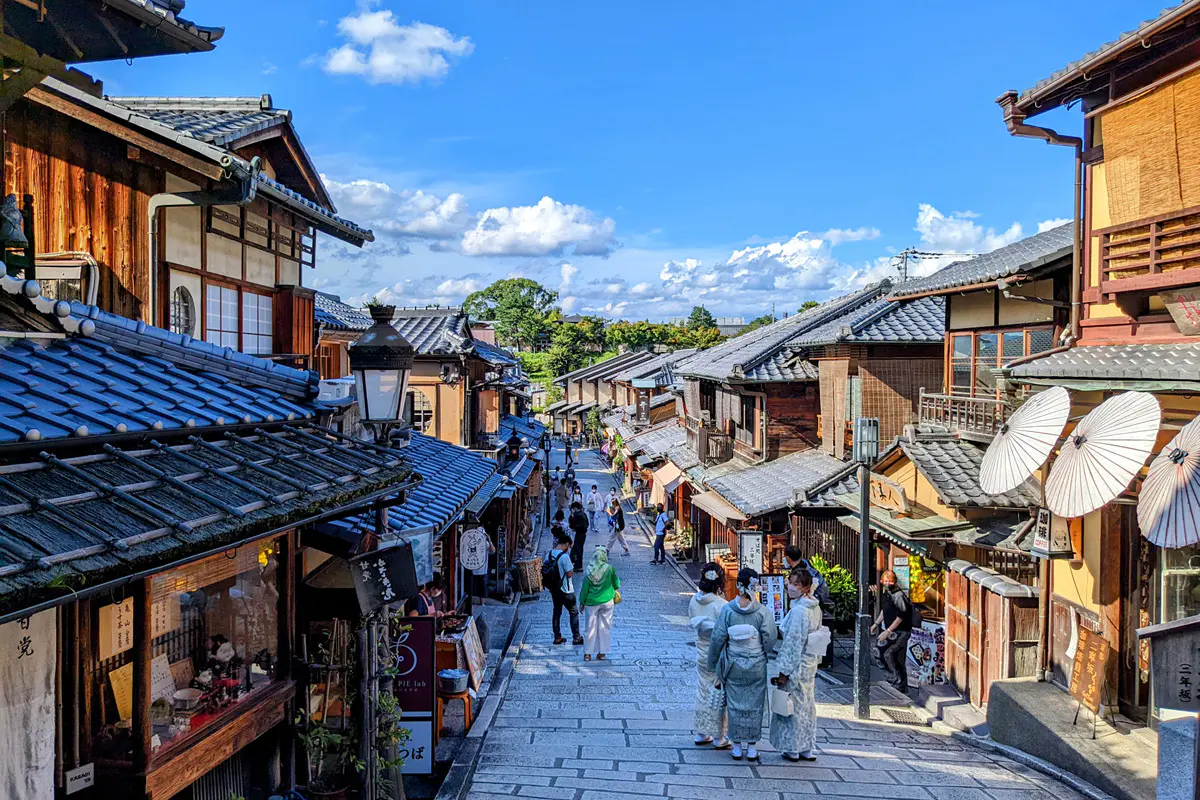Thinking of Owning a Home in Kyoto? What You Should Know Before Buying
Sep 17, 2025

Key Considerations and Risks When Buying Houses for Sale in Kyoto
For foreigners searching for Kyoto houses for sale or browsing houses for sale in Kyoto Japan, the city offers unique opportunities—and unique challenges. Kyoto is one of Japan’s most iconic historic cities, attracting visitors worldwide for its culture and traditions. This makes it an appealing destination for foreign investors and those considering relocation who dream of owning a home here. In fact, there are no legal restrictions on foreigners purchasing property in Japan, but mortgages can be difficult to obtain without permanent residency. Alongside its charm, Kyoto homes also come with specific risks related to maintenance, regulations, and procedures. Anyone considering a purchase should understand these challenges carefully in advance.
Explore current Kyoto houses for sale.
High Costs of Repairs and Maintenance

Many homes in Kyoto are older buildings, and if you are considering purchasing a traditional Japanese house for sale in Kyoto, such as a machiya (町家) townhouse, repair and upkeep costs can be substantial. Earthquake reinforcement and plumbing renovations are often essential, and neglect can lead to rapid deterioration. Unlike newer homes in overseas markets, regular maintenance is unavoidable, so this long-term commitment must be factored into your investment.
Restrictions from Cultural Property Designations and Landscape Ordinances
Kyoto enforces strict regulations to preserve its historical scenery, and many properties fall under cultural property designations. Renovating or rebuilding such homes often requires government approval, with rules that can include limitations on exterior changes or building height. While these measures protect Kyoto’s unique character, they can limit an owner’s freedom and flexibility, making regulatory awareness essential before purchase.
Financial and Tax Barriers
For foreign buyers, obtaining a mortgage in Japan can be challenging, which often means cash purchases are required. In addition, property ownership comes with ongoing expenses such as annual property taxes (similar to real estate tax overseas). Japan is also tightening tax policies on vacant homes, which can further increase holding costs. These financial and tax hurdles must be carefully evaluated before investing in Kyoto real estate.
What Are Kyoto Machiya Townhouses? Traditional Japanese Houses for Sale in Kyoto

Kyoto’s cityscape is defined by its traditional machiya townhouses. These are more than just residences—they are architectural reflections of Kyoto’s history and culture, admired around the world. Below, we explore the unique features of machiya, their cultural significance, and why they attract both lifestyle enthusiasts and investors.
Architectural Style and Features of Traditional Kyoto Homes
Machiya are wooden townhouses built from the Edo period through the early Showa era, unique to Kyoto. Their most distinctive feature is a narrow frontage with deep interiors, a design shaped by historical tax laws that based property taxes on street frontage. Exteriors often showcase latticed windows and sliding wooden doors, while inside, small inner courtyards (tsuboniwa), tiny gardens designed to bring light and air into the home, provide natural brightness and ventilation. These design elements reflect centuries of ingenuity for comfortable living in limited space, and today, machiya are celebrated as historically significant examples of Japanese architecture.
Historical Background and Cultural Value
Machiya are not just houses—they supported daily life and commerce in Kyoto for centuries. They reflect lifestyles spanning the Edo, Meiji, and Taisho periods, blending seamlessly into Kyoto’s streetscapes and helping preserve the city’s identity. For this reason, many machiya are recognized as cultural heritage, and ownership is often regarded as an act of preserving history for future generations.
Lifestyle Appeal
Living in a machiya means enjoying the warmth of wood, soft light filtering through lattice windows, and greenery in the courtyard—all of which bring a unique beauty into daily life. In recent years, “wa-modern” renovated machiya with updated facilities have become popular, combining modern comfort with traditional aesthetics. For many foreigners, these homes are regarded as an authentic way to experience Japanese culture every day.
Brand Value of Kyoto and Investment Potential

Kyoto is a world-renowned tourist destination, and the city itself carries a strong global brand. Traditional Kyoto Machiya homes are symbolic of this identity, and because supply is limited, they hold exceptional scarcity value. This makes them attractive as stable, long-term assets. With strong tourism demand, they can also be adapted into guesthouses or short-term rentals, offering investors appealing opportunities while preserving cultural charm.
Value as a Second Home or Long-Term Retreat
Machiya also appeal as unique lifestyle properties. Nestled in quiet, historic neighborhoods, they offer an escape from urban noise and provide a space for meaningful time with family and friends. Many foreign owners purchase machiya as long-term residences or vacation homes, enjoying them both as an investment property and a lifestyle asset. This dual appeal—financial and experiential—is what sets machiya apart as a distinctive real estate option.
Related reading: Guide to Buying Property in Japan
Related reading: Kyoto Real Estate Investment Insights
Kyoto’s Growing “Vacant Home” Problem and the Possibility of Stricter Regulations
While Kyoto homes are undeniably cultural assets, the recent increase in purchases by foreign investors has created new challenges. One of the most pressing issues is the rise of “vacant homes”—properties purchased but left unoccupied—which has prompted both local communities and city authorities to take action. For investors, understanding these social dynamics and the potential for stricter regulations is essential.
Rising Number of Vacant Machiya Owned by Foreign Buyers
Many machiya townhouses purchased for tourism or investment purposes are left empty for extended periods. Without proper upkeep, these homes deteriorate quickly, raising concerns among neighbors about fire hazards and security risks. In a city like Kyoto, where landscape preservation is a priority, neglected machiya are also seen as harmful to the city’s historic streetscape, making this a growing social problem.
In addition, the increase in vacant properties contributes to rising real estate prices, making it harder for local residents to secure housing. Because these homes are not actively lived in, municipalities lose out on resident-based tax revenues, which can strain local services. While fixed asset taxes are still collected, the lack of daily consumption and economic activity tied to these properties may weaken the vitality of local communities.
Moves Toward Regulation by the Kyoto City Council
In response, Kyoto’s city council has begun discussing stricter regulations for “vacant machiya.” Proposals include higher taxation on properties that are owned but not occupied, along with new requirements for mandatory registration and upkeep of vacant homes. These measures could soon become law, and for foreign investors, they represent an important risk factor that must be carefully considered when evaluating Kyoto real estate opportunities.
Conclusion: Buying a Home in Kyoto Is an Investment in Culture and Lifestyle
Whether you are looking at old houses for sale in Kyoto or investing in a Kyoto Machiya, these homes are more than just real estate assets. They represent a “responsible choice” to live alongside the city’s culture and history, where ownership also entails preserving local scenery and supporting the community. Anyone considering a purchase should recognize not only the charm of these homes but also the responsibilities of upkeep and compliance with regulations.
The Importance of Long-Term Thinking
Machiya are beautiful architectural treasures, but they require ongoing care and maintenance. Rather than viewing them as a vehicle for short-term returns, they should be seen as assets that appreciate in value through careful stewardship and cultural connection. Approaching ownership with the mindset of “nurturing an asset” captures the true essence of investing in a machiya.
Use Specialized Platforms Like Japan Property
Kyoto is likely to continue strengthening regulations related to vacant homes and landscape preservation. For this reason, it is crucial to stay informed about legal changes and local government policies when considering a purchase. Housing prices in Kyoto also vary significantly depending on the property and location, so it is important to research the latest market trends in advance. By leveraging specialized platforms like Japan Property, which provide property information and support tailored to international buyers, you can not only check current listings of Kyoto houses for sale but also work with trusted real estate professionals and proceed with confidence.